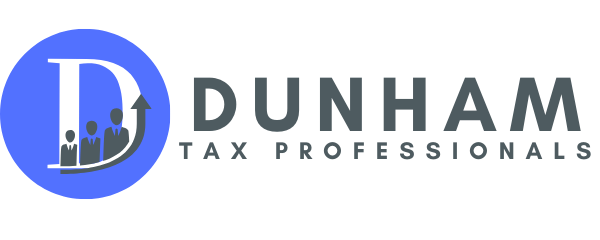
Tax Deductions for Trucking Companies: Maximize Your Savings
Trucking companies have unique tax deduction opportunities that can significantly reduce their tax burden. Understanding and utilizing these deductions is crucial for maximizing savings. In this article, we’ll explore the top tax deductions available for trucking companies.
Top Tax Deductions for Trucking Companies:
- Vehicle Expenses:
- Deduct expenses related to operating and maintaining your truck, including fuel, oil, repairs, tires, and insurance.
- Example: A long-haul trucker deducts fuel costs, oil changes, and tire replacements.
- Depreciation:
- Deduct the depreciation of your truck and other business equipment over time. The IRS allows for different methods, including Section 179 expensing and the Modified Accelerated Cost Recovery System (MACRS).
- Example: A fleet owner deducts the depreciation of new trucks purchased during the year.
- Per Diem Rates:
- Deduct a standard daily allowance for meals and incidental expenses while on the road, instead of tracking actual expenses.
- Example: An owner-operator uses the per diem rate to simplify meal expense deductions.
- Travel Expenses:
- Deduct travel-related expenses such as lodging, meals, and other costs incurred while away from home for business.
- Example: A regional trucker deducts hotel stays and meals during multi-day trips.
- Lease Payments:
- Deduct lease payments for trucks and equipment used in your business.
- Example: A trucker leasing a tractor-trailer deducts the monthly lease payments.
- Insurance:
- Deduct the cost of insurance premiums for your truck, cargo, liability, and health insurance.
- Example: A company with multiple trucks deducts premiums for vehicle and cargo insurance policies.
- Maintenance and Repairs:
- Deduct the cost of routine maintenance and necessary repairs to keep your truck in good working condition.
- Example: A driver deducts costs for brake replacements and engine repairs.
- Communication Expenses:
- Deduct expenses for communication devices and services, such as cell phones, GPS units, and internet service.
- Example: A trucking business deducts costs for cell phone plans and GPS subscriptions.
- Tolls and Parking Fees:
- Deduct tolls and parking fees incurred during business trips.
- Example: A trucker deducts toll fees for highways and parking fees at truck stops.
By understanding and utilizing the available tax deductions, trucking companies can significantly reduce their tax liability and maximize their savings. Keep detailed records of your expenses and consult with a tax professional to ensure you’re taking full advantage of all eligible deductions.





